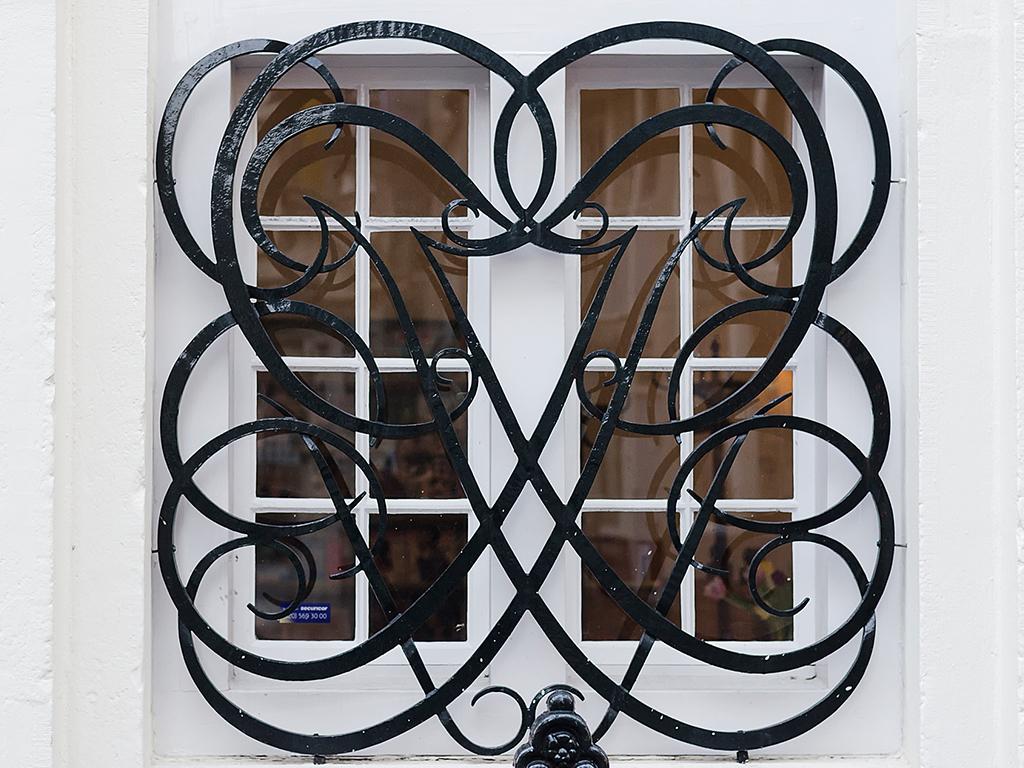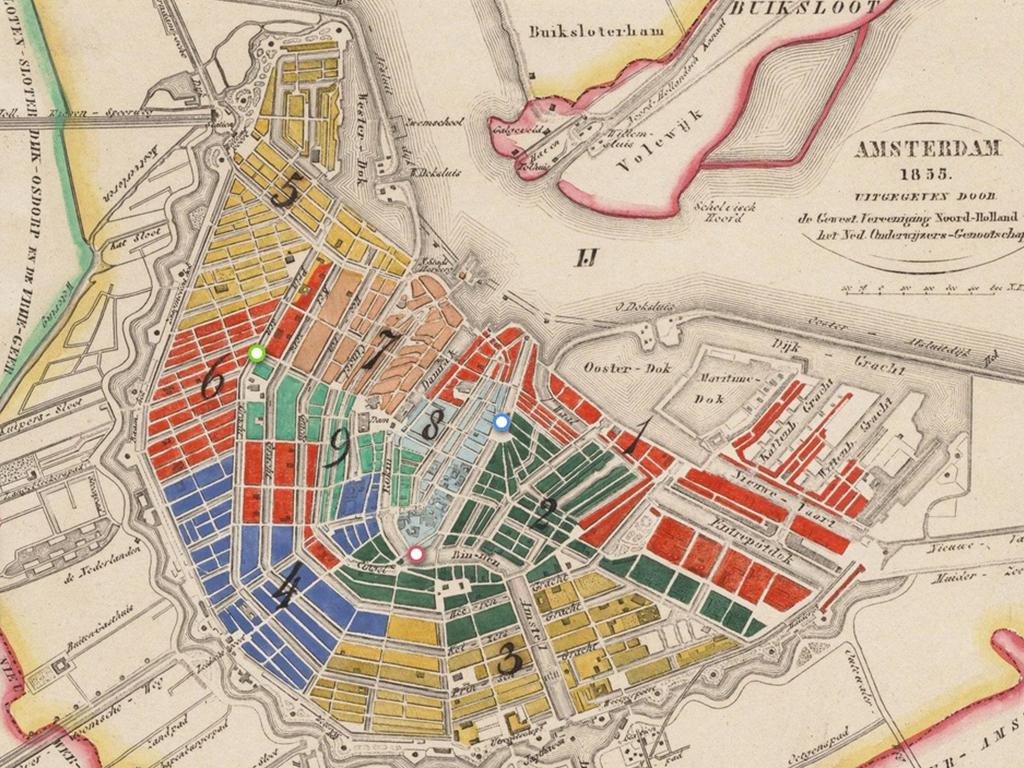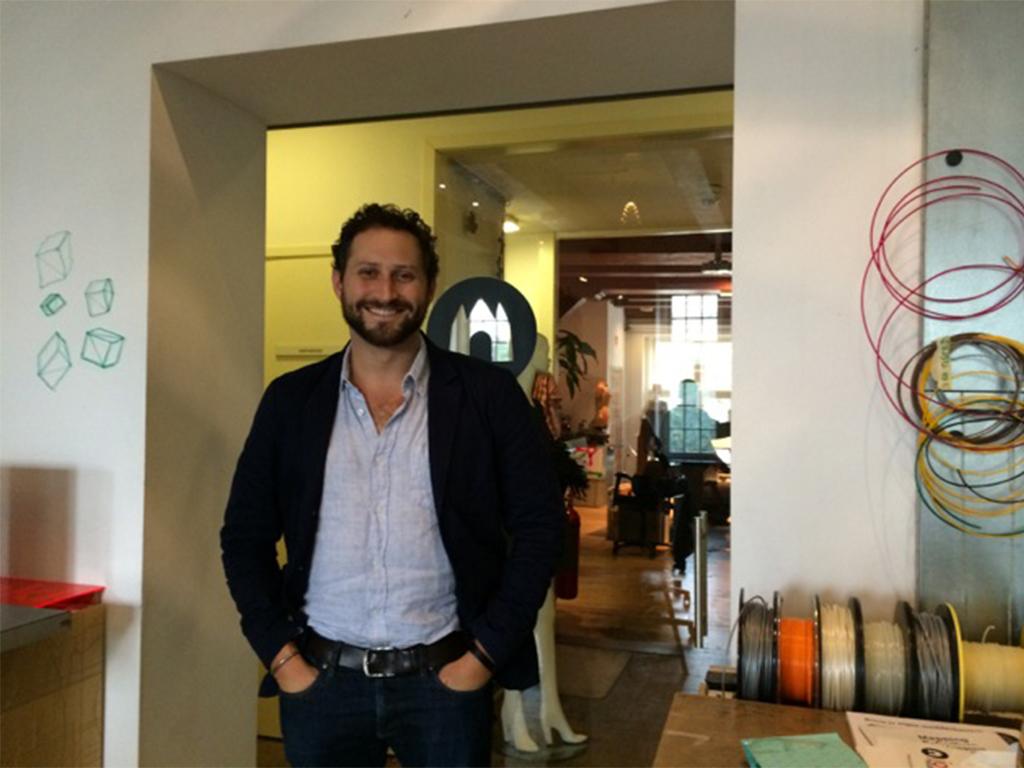On 14 March 2014, I was present at a presentation of the Dutch report on heritage called ‘Karakterschetsen; Nationale Onderzoeksagenda Erfgoed en Ruimte’ that describes the current state of Dutch heritage in the public space. How is our heritage preserved, researched and made accessible? And what are the trends here?
One of the conclusions that can be made is that many people in local communities are more involved nowadays in the preservation of our heritage. Like at Staatsbosbeheer (National Trust), where volunteers are now working in nature reserves. Citizens help their local governments in trying to save local monuments (by finding new uses for them), or work as a volunteer in a museum to register the collection. This support is greatly appreciated, but can be difficult to coordinate when all those people have their own ideas about how to perform these tasks the best.
To conclude this afternoon meeting, the common opinion was that the report does not discuss the subject of balancing the expertise present at the government or heritage organisations with the ambitious (and caring!) plans of citizens yet. It's a good cause, finding new ways in which citizens can realize their own ideas about heritage and monuments. But mostly this is not (only) originating from idealism or a renewed insight how social change can be realized anno 2014. It stems from pragmatism, the financial crises and the lack of funds. The government institutions no longer have the means to maintain, study and utilize 'their' heritage in public spaces, so they have to let citizens take this role.
And this is a missed opportunity, I think: people care about their living environment and are willing to act. They are concerned about the public spaces in their neigbourhoods and come with creative ideas. The moment that the public is really involved, a large range of possibilities opens up, of which examples can be found in numerous domains. There will emerge (more) creative projects, cooperations and new uses that were previously though impossible. Even stronger: that actually were not possible before. To offer more space to these kind of initiatives seems a fine task setting for heritage institutions in the 21st century to me.


